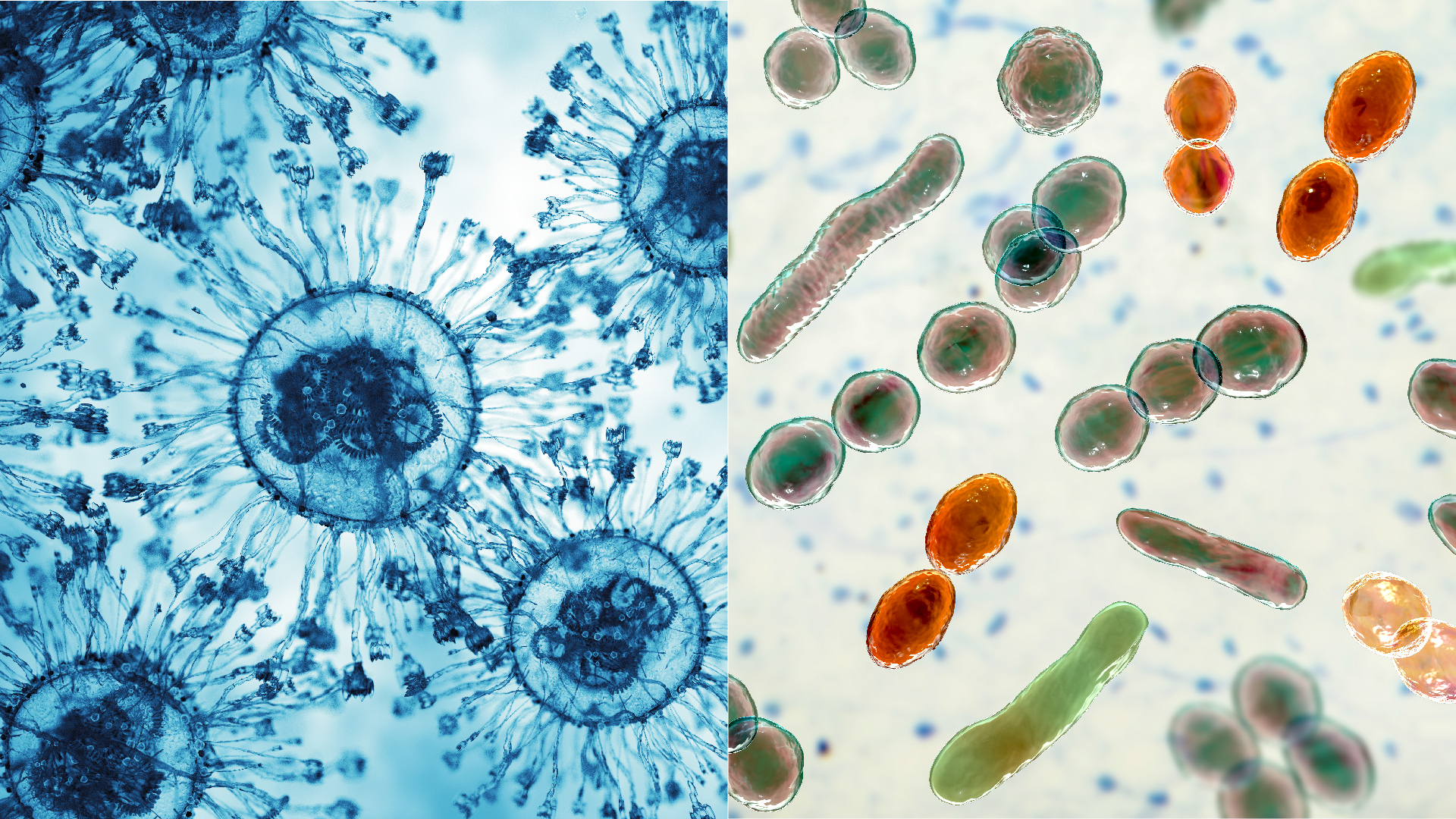Diseases, Vol. 12, Pages 259: Large Neuroendocrine Neoplasms of the Duodenum: Description of Two Rare Subtypes and Technical Details on Surgical Treatment
Diseases doi: 10.3390/diseases12100259
Authors: Giorgio Lucandri Giulia Fiori Flaminia Genualdo Francesco Falbo Andrea Biancucci Vito Pende Paolo Mazzocchi Massimo Farina Domenico Campagna Emanuele Santoro
Background: Duodenal neuroendocrine tumors (NETs) are uncommon, accounting for less than 4% of all gastrointestinal neoplasms. Prognosis is related to tumoral staging and grading, as well as to the specific subtype. In this article, we retrospectively describe the clinical presentation and surgical treatment of two rare large duodenal NETs: a high-grade G3 NET and a Gangliocytic Paraganglioma (GP). Methods: Both patients presented with moderate-to-high-degree abdominal pain, without jaundice. Main vessel involvement and metastatic spread were excluded with imaging, while preoperative bioptic diagnosis was obtained via percutaneous needle citology and endoscopic ultrasound. Results: The presence of a sessile large lesion contraindicated any conservative approach in favor of a pancreaticoduodenectomy (PD). The detection of soft pancreatic tissue and a narrowed main pancreatic duct led us to perform a pancreaticogastrostomy to restore proper pancreatic drainage and to minimize the risk of postoperative leakage. Conclusion: PD may be a favorable choice in these cases; this procedure is challenging, but it results in a safer and more favorable clinical outcome for our patients. Pancreaticogastrostomy may guarantee lower rates of postoperative leak and appears to be preferred in this subset of patients.

 10 hours ago
11
10 hours ago
11


